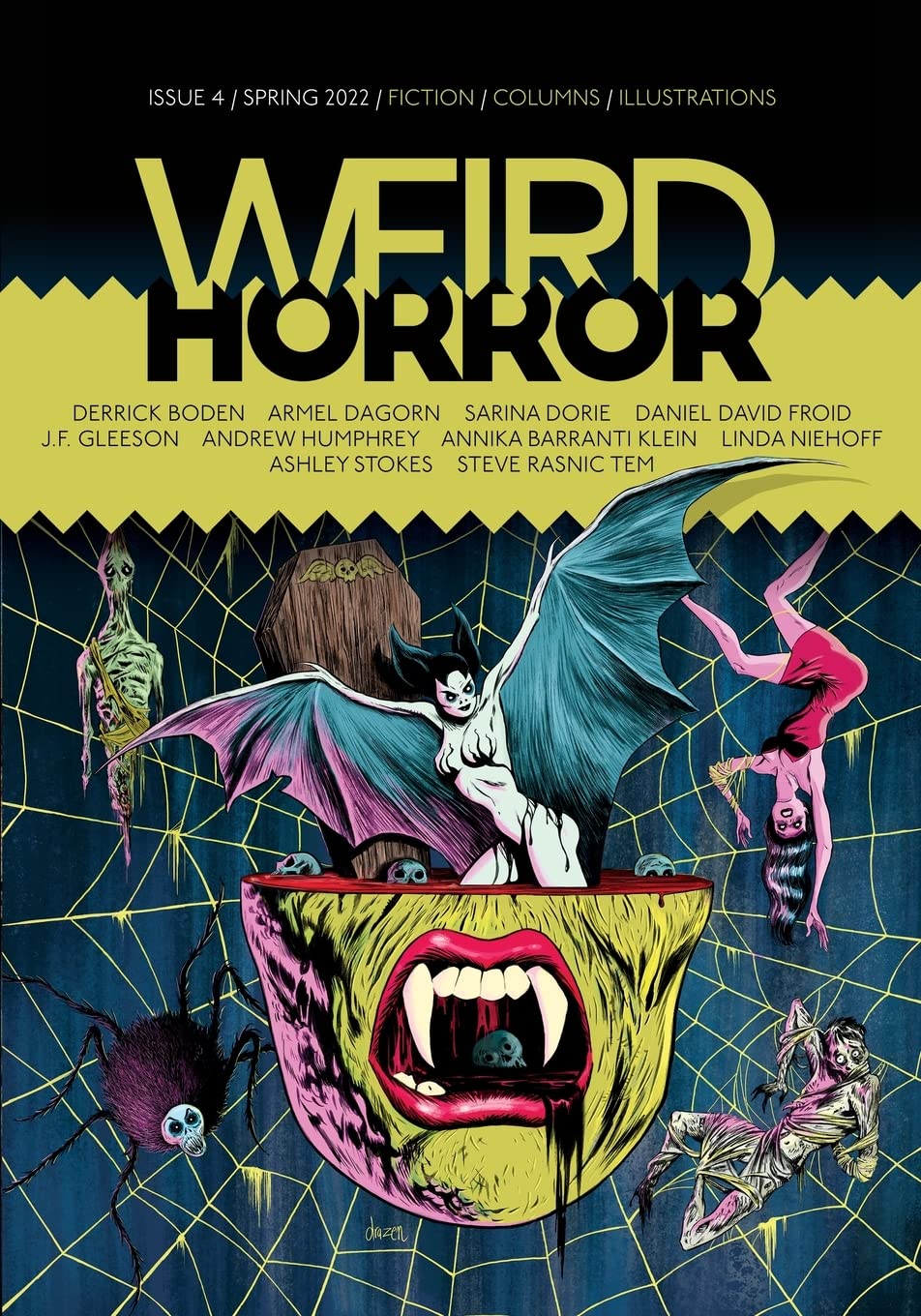What do you think?
Rate this book


90 pages, Paperback
First published March 1, 2022
“The people who floated about the house did so without purpose and without direction, and drifted, not noticeably moving apart from their drift, moving as, if something in our universe must be compared to it, corpses might in space.” (9)
“Through fear of this I may well become very detached from everything, and float off the floor myself.” (13)
“His hair was the color of mossy green, of one who’s been in the grave too long. His eyes were the dying sun.” (16)
“They thrill at the mystery, and they will, as is the habit of their kind, begin to ferret out whatever pieces of the puzzle they can find. They will find likeminded others in whom they will feel that thrill or thrum mirrored back to them, who will share it. These few feel – and they are correct – that they have glimpsed a secret, something dredged up from the bottom of the world. It is this private intensity they are after. It is like inhaling some heady, sweet, and rich fume, such as gasoline. It changes them because they allow it to do so and because they want it to do so.” (20/21)
“It is impossible not to feel, at this point, a shiver of dread. That he is getting closer to it feels palpable, unmistakable. A feeling of trepidation that is very much like desire begins to take root within us.” (23)
“I said ‘I thought we agree we wouldn’t be going outside anymore. Don’t tell me you’ve been going outside.” (41)
“My father wanted to come too, but my father was dead. So I told him no.” (40)
“A mist of violet flickers hazed across him. He was not sure if they were real floating bits of leaf debris or seeds or spores, or just spangles in his eyes because he was in love again.” (56)
“He said the people on this island, they’re not of this earth.” (63)
“The island takes us apart.” (71)